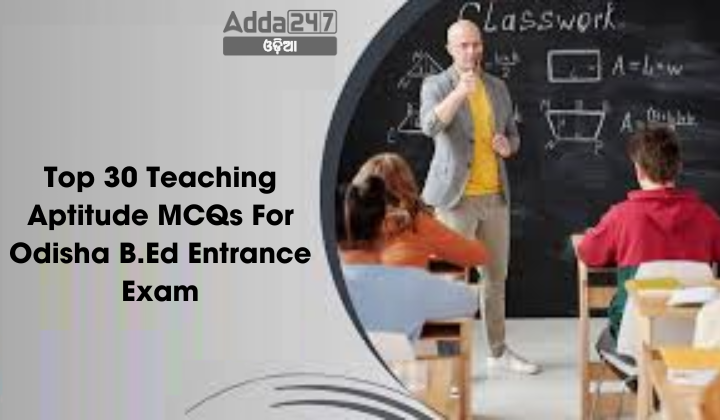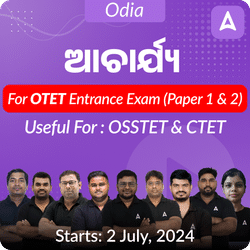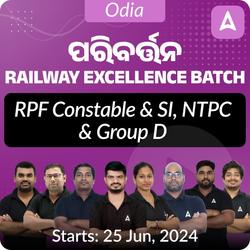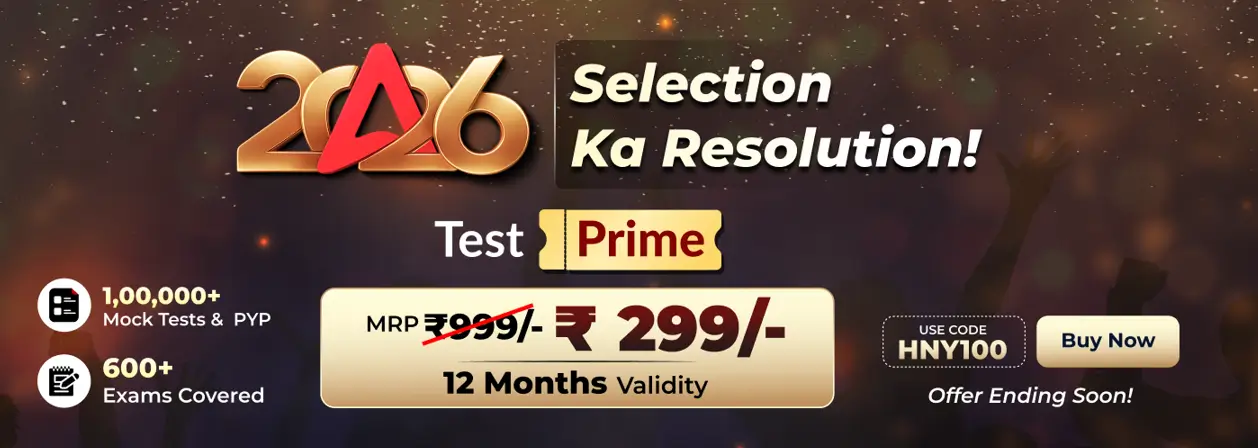Preparing for the Odisha B.Ed Entrance Exam requires a solid understanding of teaching aptitude, among other areas. To help you get ready, we’ve compiled the top 30 multiple-choice questions (MCQs) that cover key concepts in teaching aptitude. These questions are designed to test your understanding of educational theories, classroom management, teaching methodologies, and student assessment.
Top 30 Teaching Aptitude MCQs For Odisha B.Ed Entrance Exam
Q1: Which of the following problem-solving strategies involves breaking down a complex problem into smaller, more manageable parts?
(a) Critical thinking
(b) Synthesis
(c) Chunking
(d) Memorization
Ans: c) Chunking
Q2: What is the primary goal of problem-solving in education?
(a) Memorization of facts
(b) Repetition of procedures
(c) Understanding and application of concepts
(d) Rote learning
Ans: c) Understanding and application of concepts
Q3: When faced with a challenging problem, what should be the first step in the problem-solving process?
(a) Guessing possible solutions
(b) Identifying the problem
(c) Implementing a solution
(d) Consulting with peers
Ans: b) Identifying the problem
Q4: Which of the following is NOT a characteristic of effective problem solvers?
(a) Persistence
(b) Rigid thinking
(c) Flexibility
(d) Creativity
Ans: b) Rigid thinking
Q5: In the context of education, what does metacognition refer to?
(a) Memorizing facts
(b) Understanding concepts
(c) Thinking about one’s own thinking
(d) Applying procedures
Ans: c) Thinking about one’s own thinking
Q6: Which of the following is an example of a divergent thinking task in education?
(a) Solving a multiple-choice math problem
(b) Writing an essay on a given topic
(c) Memorizing a list of vocabulary words
(d) Brainstorming possible uses for a paperclip
Ans: d) Brainstorming possible uses for a paperclip
Q7: What role does critical thinking play in problem-solving?
(a) It hinders the problem-solving process.
(b) It helps individuals accept information without questioning.
(c) It enables individuals to evaluate information and make informed decisions.
(d) It focuses solely on memorization of facts.
Ans: c) It enables individuals to evaluate information and make informed decisions
Q8: Which of the following strategies can help overcome barriers to problem-solving, such as mental blocks or fixed mindsets?
(a) Trial and error
(b) Groupthink
(c) Confirmation bias
(d) Growth mindset
Ans: Ans: d) Growth mindset
Q9: What does the acronym “STEM” stand for in the context of education?
(a) Science, Technology, Economics, Mathematics
(b) Science, Technology, Engineering, Mathematics
(c) Social Studies, Technology, Engineering, Mathematics
(d) Science, Thinking, Engineering, Mathematics
Ans: b) Science, Technology, Engineering, Mathematics
Q10: Which of the following best describes the purpose of project-based learning in education?
(a) To emphasize rote memorization
(b) To promote collaboration and problem-solving skills
(c) To discourage creativity
(d) To focus solely on theoretical concepts
Ans: b) To promote collaboration and problem-solving skills
Q11. In which theory are students encouraged to reflect critically on their actions?
A) Democratic Theory
B) Behavioristic Theory
C) Humanist Theory
D) Cognitive Theory
Ans. D) Cognitive Theory
Q12. What distinguishes Humanist Theory from other classroom management theories?
A) Focus on unconscious motivations
B) Emphasis on student participation in decision-making
C) Priority on emotional well-being
D) Emphasis on punishment for undesirable behaviors
Ans. C) Priority on emotional well-being
Q13. Which theory involves modifying the classroom environment to support student growth?
A) Democratic Theory
B) Psychoanalytic Theory
C) Humanist Theory
D) Behavioristic Theory
Ans. C) Humanist Theory
Q14. What is the central aspect of Democratic Theory?
A) Encouraging positive behaviors
B) Understanding unconscious motivations
C) Empowering students in decision-making
D) Reflecting critically on actions
Ans. C) Empowering students in decision-making
Q15. Which theory emphasizes shifting focus from negative to positive reinforcement?
A) Psychoanalytic Theory
B) Behavioristic Theory
C) Humanist Theory
D) Cognitive Theory
Ans. B) Behavioristic Theory
Q16. What is the recommended approach for fostering positive behavior in the classroom?
a) Punishment-focused discipline
b) Positive reinforcement
c) Ignoring misbehavior
d) No specific approach
Ans. b) Positive reinforcement
Q17. How can students be involved in establishing class guidelines?
a) By ignoring their input
b) By dictating rules to them
c) By engaging them in rule-setting discussions
d) By imposing rules without their knowledge
Ans. c) By engaging them in rule-setting discussions
Q18. What is the purpose of displaying class rules prominently?
a) To ignore them
b) To enforce them strictly
c) To provide continual reinforcement
d) To keep them hidden
Ans. c) To provide continual reinforcement
Q19. Which is preferable: rewarding good behavior or punitive measures?
a) Punitive measures
b) Ignoring behavior
c) Rewarding good behavior
d) Both equally
Ans. c) Rewarding good behavior
Q20. How can student autonomy be promoted in the classroom?
a) By micromanaging every task
b) By allowing students to take initiative
c) By imposing strict rules
d) By discouraging independent thinking
Ans. b) By allowing students to take initiative
Q21. What was the medium of instruction in Jamia Millia?
A) English
B) Arabic
C) Son
D) Urdu
Ans: D) Urdu
Q22. At which stage was the translation of the Holy Quran taught in Jamia Millia?
A) Stage 1
B) Stage 2
C) Stage 3
D) Stage 4
Ans: A) Stage 1
Q23. Why did Jamia Millia fail to gain popularity among Muslims?
A) Hindus
B) British
C) Two nation theory
D) Tehrik e Khilafat
Ans: C) Two nation theory
Q24. What did Jamia Millia emphasize on?
A) Religious education
B) Science education
C) Both A and B
D) None of these
Ans: C) Both A and B
Q25. Where was Anjman Himayat-e-Islam established?
A) Lahore
B) Lucknow
C) Delhi
D) Calcutta
Ans: A) Lahore
Q26. In which year was Anjman Himayat-e-Islam established?
A) 1887
B) 1854
C) 1896
D) 1874
Ans: A) 1887
Q27. Who was the founder of Anjman Himayat-e-Islam?
A) Sir Syed Ahmad Khan
B) Caliph Hamid ud Din
C) Molana Shibli Nomani
D) Allama Iqbal
Ans: B) Caliph Hamid ud Din
Q28. When was Nadva tul Ulema established?
A) 1894
B) 1852
C) 1864
D) 1879
Ans: D) 1879
Q29. Where was Nadva tul Ulema established?
A) Delhi
B) Lucknow
C) Deoband
D) Aligarh
Ans: B) Lucknow
Q30. Whose initiative led to the establishment of Nadva tul Ulema?
A) Molana Shibli Nomani
B) Sir Syed Ahmad Khan
C) Caliph Hamid ud Din
D) Molana Ali Johar
Ans: A) Molana Shibli Nomani










